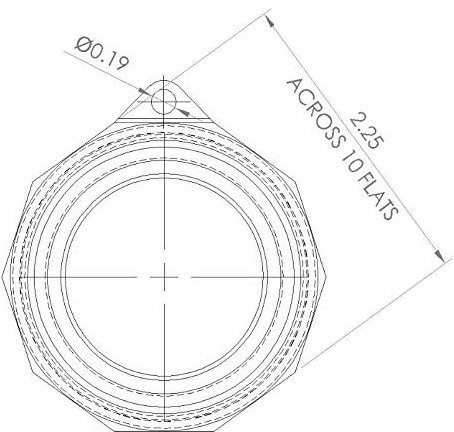
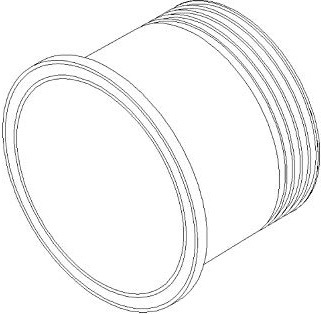
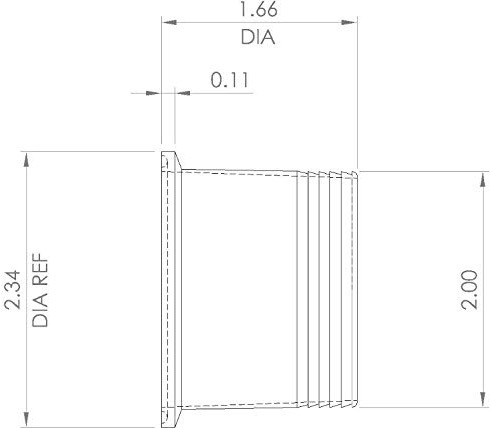

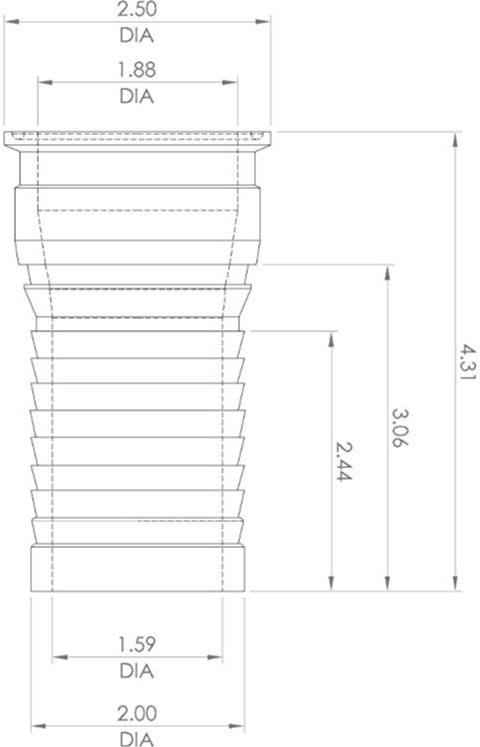
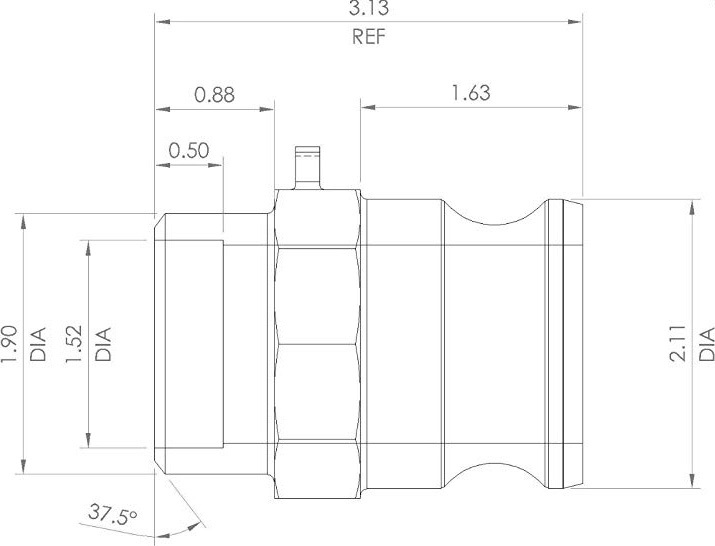
High Temperature Silicone Rubber
VMQ compounds developed with exceptional heat and compression set resistance
Made from a special formulation of silicone, oxygen, hydrogen, and carbon




Benefits of High Temperature Silicone Rubber
VMQ silicones are a group of elastomeric materials made from silicone, oxygen, hydrogen, and carbon that display extreme temperature range and low temperature flexibility.
VMQ silicone utilizes a flexible siloxane backbone rather than a carbon backbone like many other elastomers and has very low glass transition temperatures.
As a semi-organic elastomer it has excellent resistance to compression set and good retention of flexibility. It provides excellent resistance to ozone, oxygen, and moisture. It is resistant to hot air, ozone, UV radiation, engine and transmission oils, animal and vegetable fats and oils, and brake fluids. It can be compounded to be electrically resistant, conductive, or flame retardant.
Specific VMQ formulations are resistant to aliphatic engine and gear oils, water up to +100 °C/+212 °F and high-molecular chlorinated hydrocarbons. The temperature range is between -50 °C/-58 °F and +175 °C/+347 °F (temporary up to +230 °C/+446 °F).
Special compounds have been developed with exceptional heat and compression set resistance and the retention of properties of silicone at high temperature is superior to most other elastic materials.
However, as a group, silicones have poor tensile strength, tear resistance, and abrasion resistance. Low physical strength and abrasion resistance combined with high friction properties limits some applications.
The temperature range is between -50 °C/-58 °F and +175 °C/+347 °F (temporary up to +230 °C/+446 °F).
It has excellent resistance to compression set and good retention of flexibility.
It provides excellent resistance to ozone, oxygen, and moisture
silicones have poor tensile strength, tear resistance, and abrasion resistance
Low physical strength and abrasion resistance combined with high friction properties limits some applications.
Case Studies
We Work with Leading Companies and High Performance Teams within Engineering and Procurement
Here are some Case Studies of Companies that Goodflex Work with Day to Day













